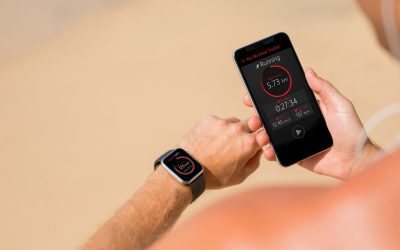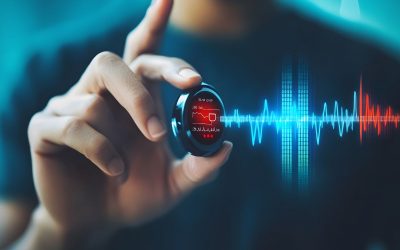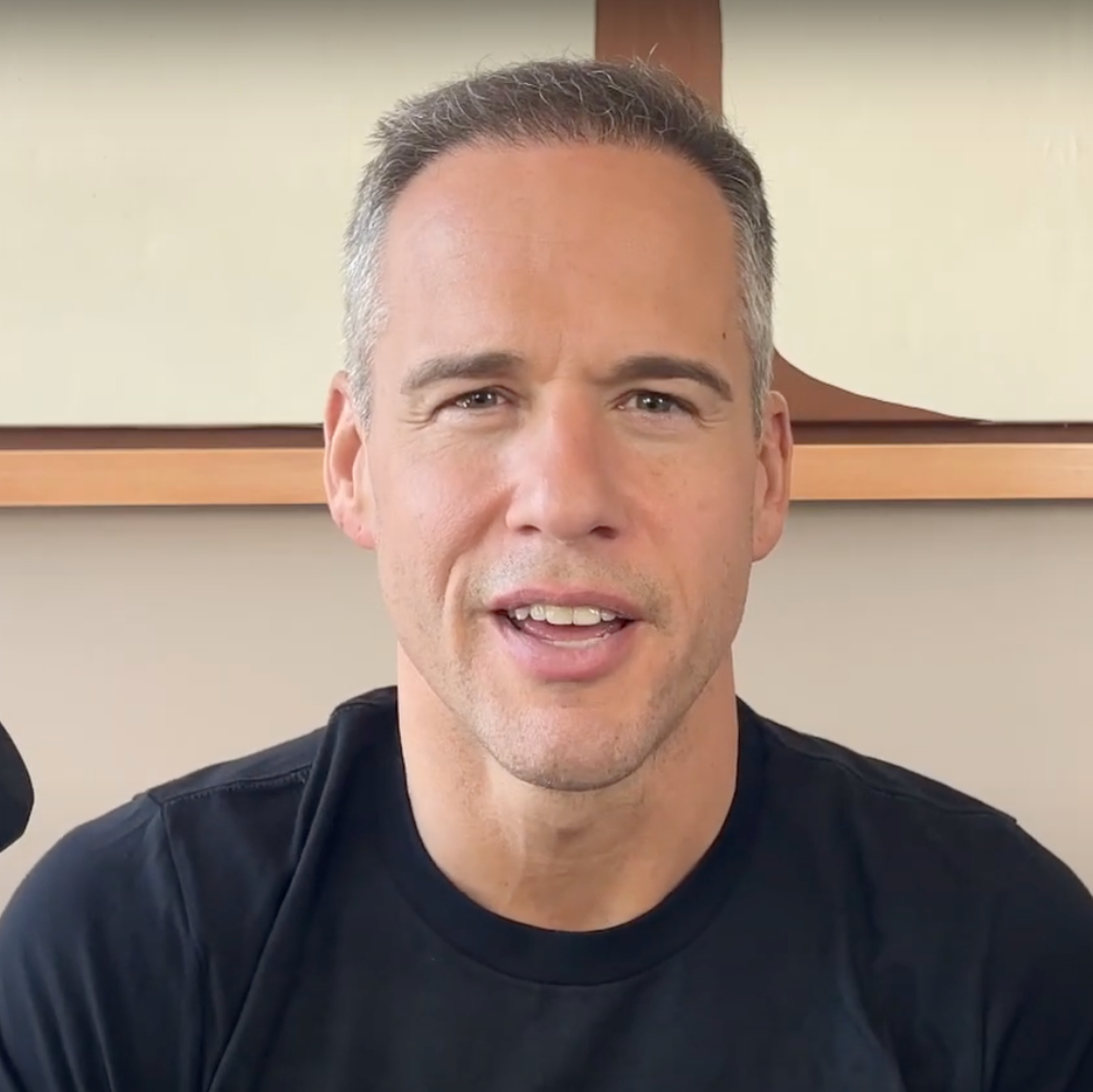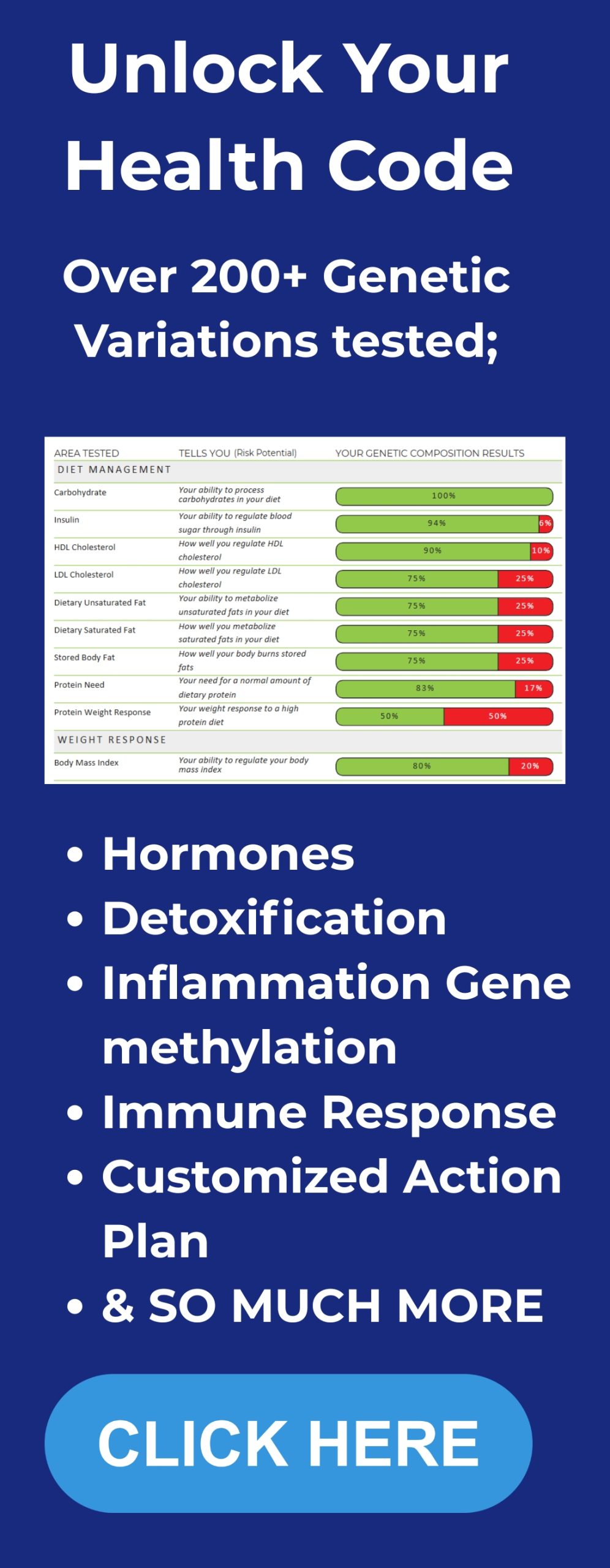We’ve all heard about microplastics floating in the ocean and piling up in landfills. But did you know they’re also lurking in your home, hidden in everyday items you use without a second thought?
If you’re drinking from plastic-lined coffee pods every morning, using commercial toothpaste, or microwaving leftovers in plastic containers, you’re probably ingesting microplastics — tiny particles less than 5mm in size — without even knowing it. While the health effects of microplastic consumption are still being unraveled by science, early research is already raising red flags.
Let’s dive into the top 10 surprising household items that often contain microplastics, how much plastic we’re actually consuming, and what you can do to reduce your exposure.
Top 10 Household Items That May Contain Microplastics
1. Coffee Pods (The Worst Offender)
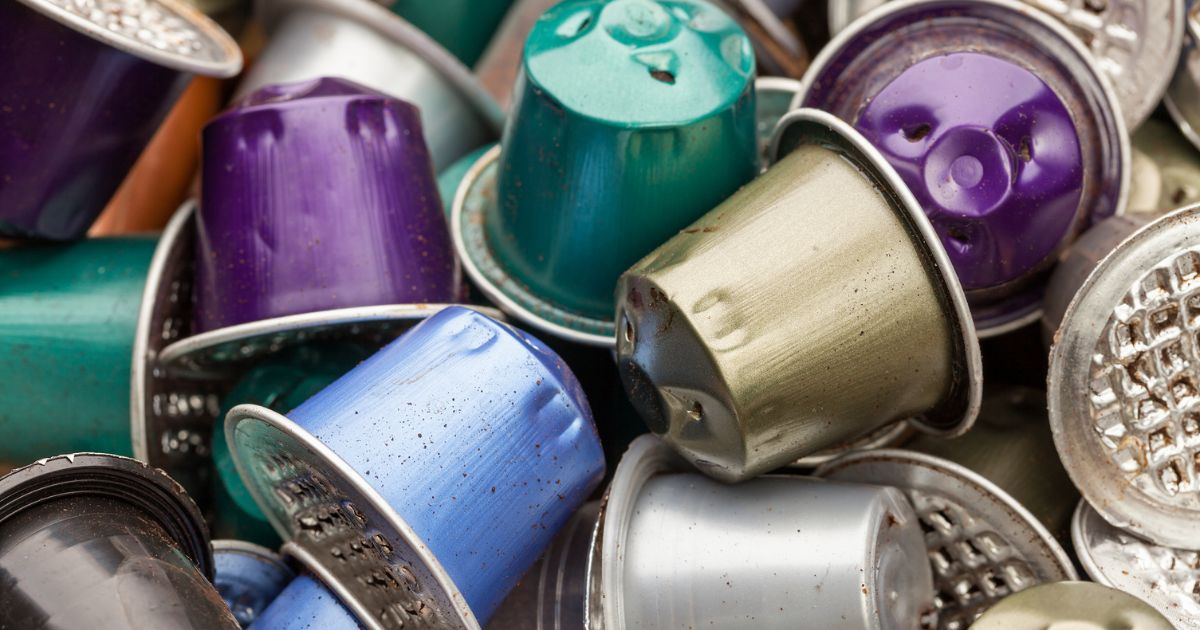
Those convenient single-use coffee pods, especially plastic or aluminum ones lined with plastic, can leach microplastics when exposed to hot water. It’s not just bad for the environment. It’s a direct shot of plastic into your daily brew. Learn more about coffee pods and their risks here.
What to do instead: Switch to a French press, pour-over, or use refillable stainless steel pods with your coffee machine.
2. Teabags
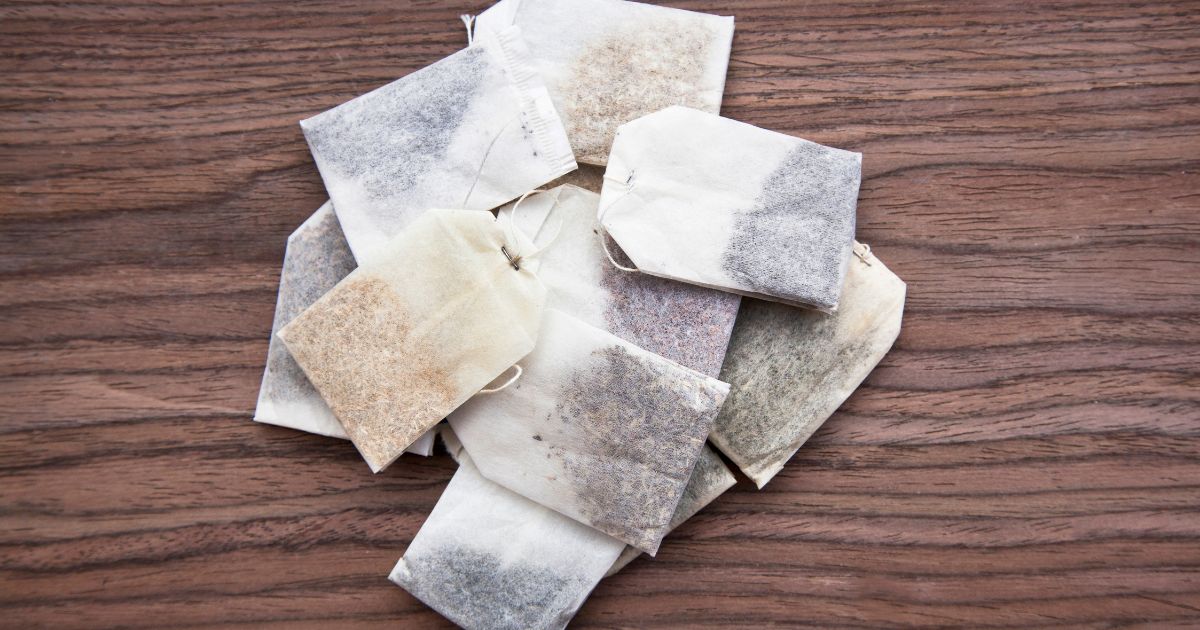
Many commercially produced teabags are not as harmless as they appear. While they may look like paper, many are actually made with plastic fibers or are sealed using a type of plastic called polypropylene to help maintain their shape in hot water. When you steep these teabags in boiling water, the heat causes them to release billions of microplastic particles directly into your cup. These microscopic plastic fragments can then be ingested and may accumulate in your body over time, contributing to long-term health concerns.
Tip: To avoid ingesting microplastics with your tea, consider switching to loose-leaf tea. Use a stainless steel, ceramic, or glass tea infuser, which are reusable and safe. Not only is this better for your health, but it also reduces plastic waste and enhances the flavor of your tea.
3. Plastic Food Containers
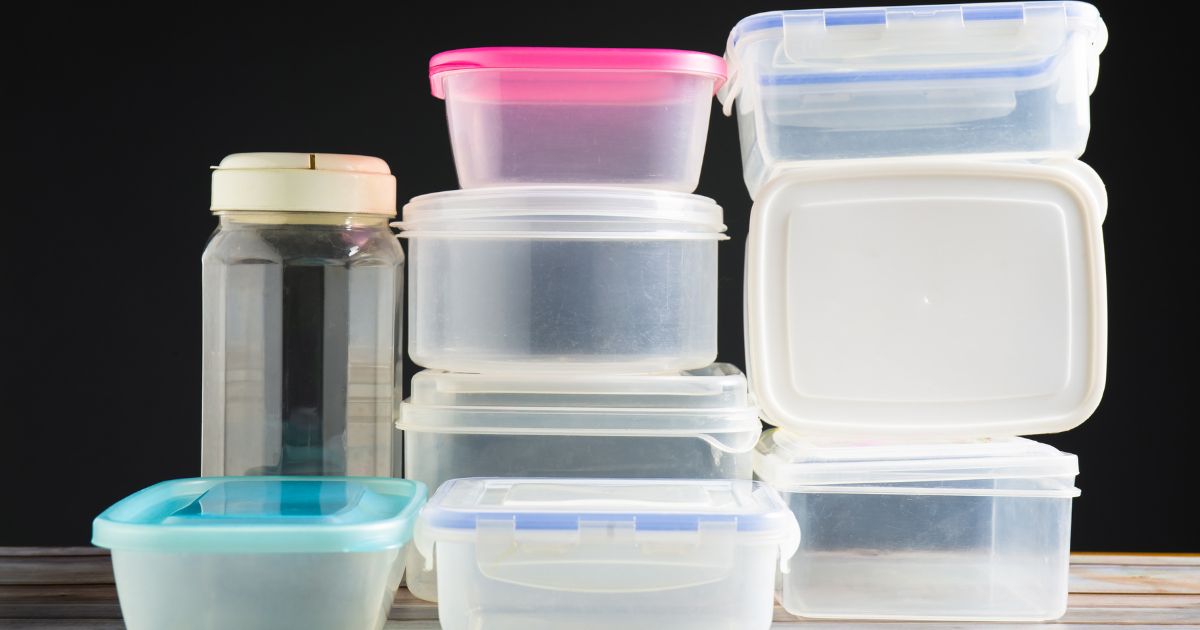
Using plastic containers to store or heat your food may seem convenient, but it can have hidden dangers. When these containers are exposed to high temperatures—especially in the microwave—they can release microplastics into your food. Over time, wear and tear, repeated heating, and exposure to acidic or fatty foods can break down the plastic, causing it to leach into whatever you’re eating or drinking. This can be a daily source of microplastic ingestion without you even realizing it.
Solution: Opt for safer, more sustainable alternatives like glass, stainless steel, or ceramic containers, which do not degrade or leach chemicals when heated. Always avoid microwaving plastic, even if the label says “microwave-safe.” It’s a precaution that benefits both your health and the environment.
4. Toothpaste and Facial Scrubs
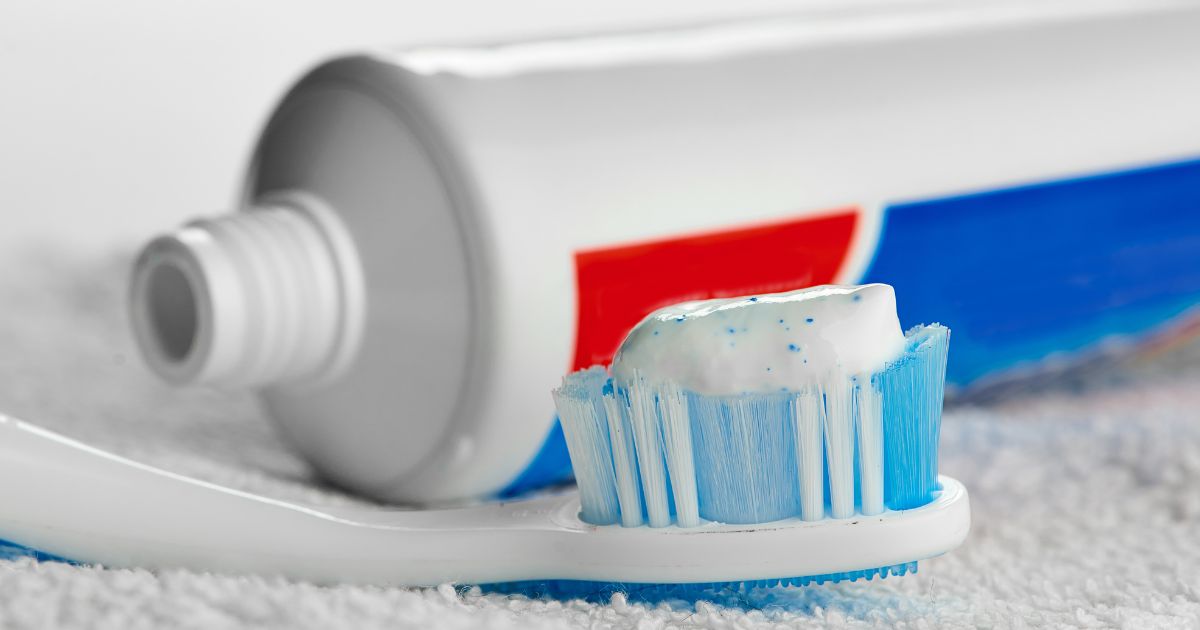
Many toothpastes and exfoliants once included polyethylene microbeads. Some still do. These beads, usually made of polyethylene or polypropylene, were added to provide a scrubbing effect. When washed down the drain, these microplastics bypass many filtration systems in water treatment facilities and end up polluting rivers, lakes, and oceans, where they pose a serious threat to marine life and water quality. While bans have reduced their use in many regions, some products still contain them.
What to look for: Always check ingredient lists for terms like “polyethylene,” “polypropylene,” or “microbeads.” Choose natural products with biodegradable exfoliants, such as crushed walnut shells, salt, or oatmeal. Look for certifications like “microplastic-free” or eco-friendly seals to ensure you’re making a safe choice.
5. Synthetic Clothes

Modern clothing made from synthetic materials like polyester, nylon, and acrylic may be comfortable and affordable, but they come at an environmental cost. Every time these garments are washed, they shed tiny synthetic fibers—microplastics—that flow into the wastewater system. Since these fibers are too small for many treatment plants to catch, they frequently end up in rivers, lakes, and oceans, where they can be ingested by marine organisms and enter the food chain.
Tip: Choose clothing made from natural fibers like organic cotton, wool, hemp, or bamboo. They are biodegradable and do not contribute to microfiber pollution. Additionally, consider using laundry accessories like the Guppyfriend bag or Cora Ball, which can capture synthetic fibers before they reach the drain.
6. Bottled Water
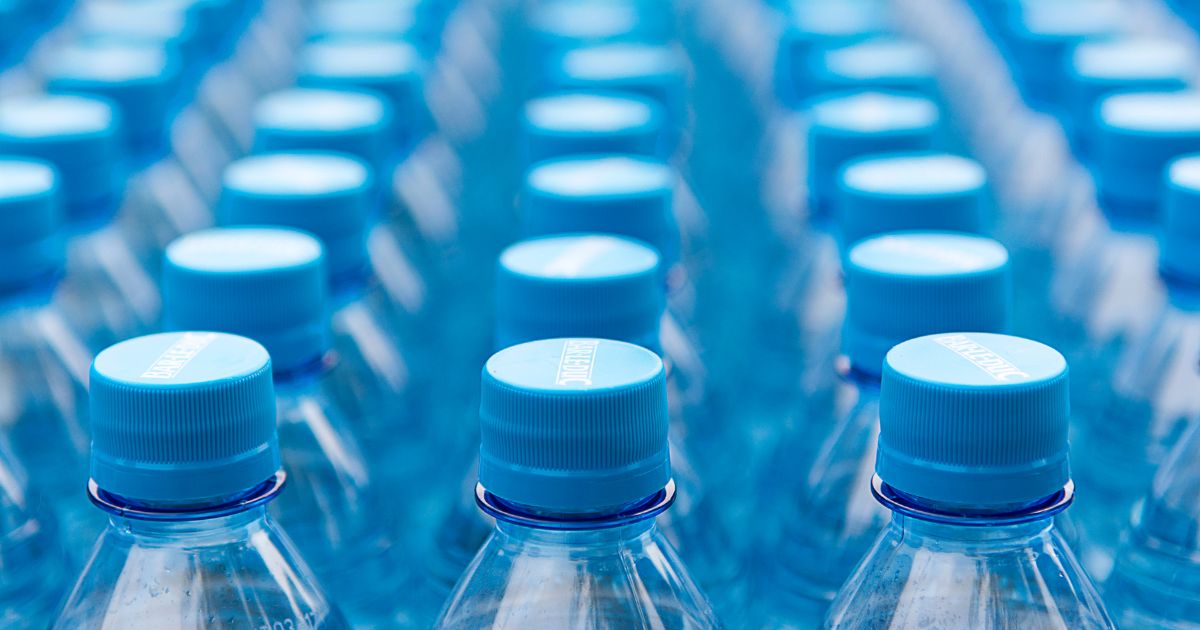
It may seem like bottled water is the cleaner, safer alternative to tap water, but studies have found otherwise. Research indicates that bottled water can contain nearly twice as many microplastic particles as tap water. This contamination likely comes from the plastic bottles themselves, as well as the caps, which can shed tiny particles over time, especially if exposed to heat or stored for long periods.
What to do: To minimize your exposure, switch to using a high-quality water filter at home and drink from a reusable stainless steel or glass bottle. This reduces your intake of microplastics and also helps cut down on plastic waste in landfills and oceans.
7. Canned Foods and Beverages
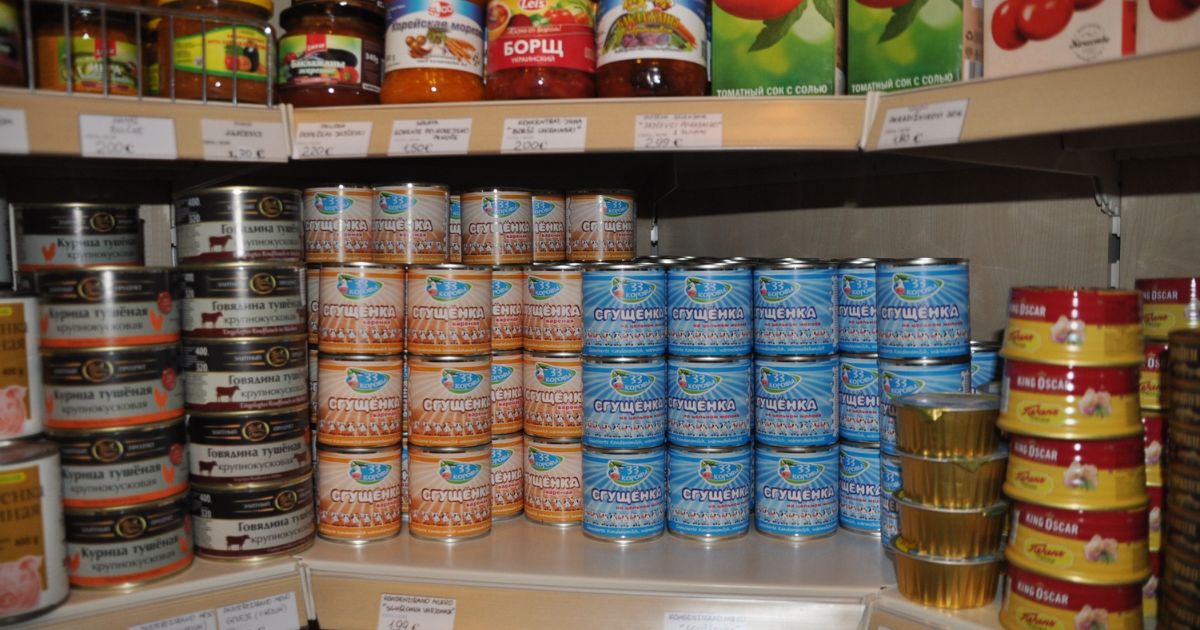
Most canned foods and drinks are lined with a thin layer of plastic, often containing bisphenol A (BPA), which is used to prevent corrosion and extend shelf life. However, BPA and similar compounds can leach into the food or drink inside, especially if the contents are acidic or the can has been exposed to heat. This not only introduces microplastics into your diet but also exposes you to endocrine-disrupting chemicals, which have been linked to reproductive and developmental issues.
Better choice: Whenever possible, choose fresh or frozen foods over canned goods. If canned options are necessary, look for labels that state “BPA-free.” However, it’s worth noting that some BPA-free alternatives may still contain other potentially harmful chemicals, so fresh options are generally best.
8. Makeup and Glitter
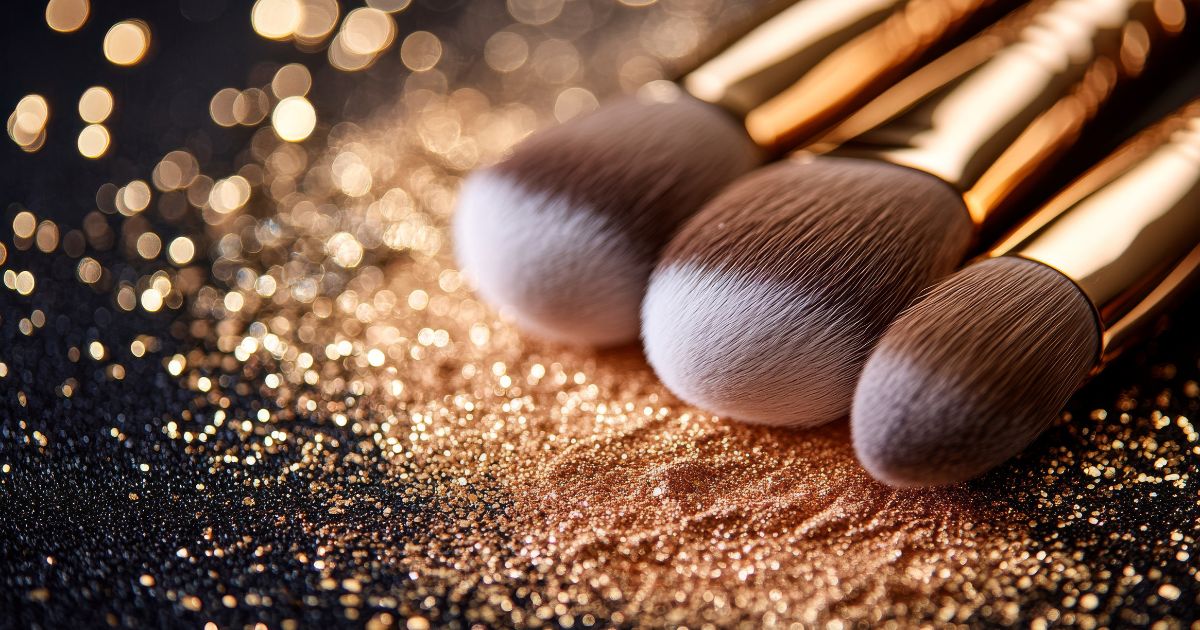
Cosmetics such as lipsticks, foundations, and eye shadows often include plastic-based ingredients to create a smooth texture or to help the product adhere to the skin. Glitter, commonly used in makeup and crafts, is often made from tiny pieces of plastic coated with reflective materials. These microplastics can easily be washed off your skin and into the water system, where they pose environmental hazards and contribute to the growing problem of ocean pollution.
Fix it: Choose makeup brands that are transparent about their ingredients and specifically label their products as “plastic-free” or “microplastic-free.” For festive occasions, switch to biodegradable glitter made from plant-based cellulose, which breaks down naturally and doesn’t pollute water systems.
9. Dish Sponges and Dishcloths
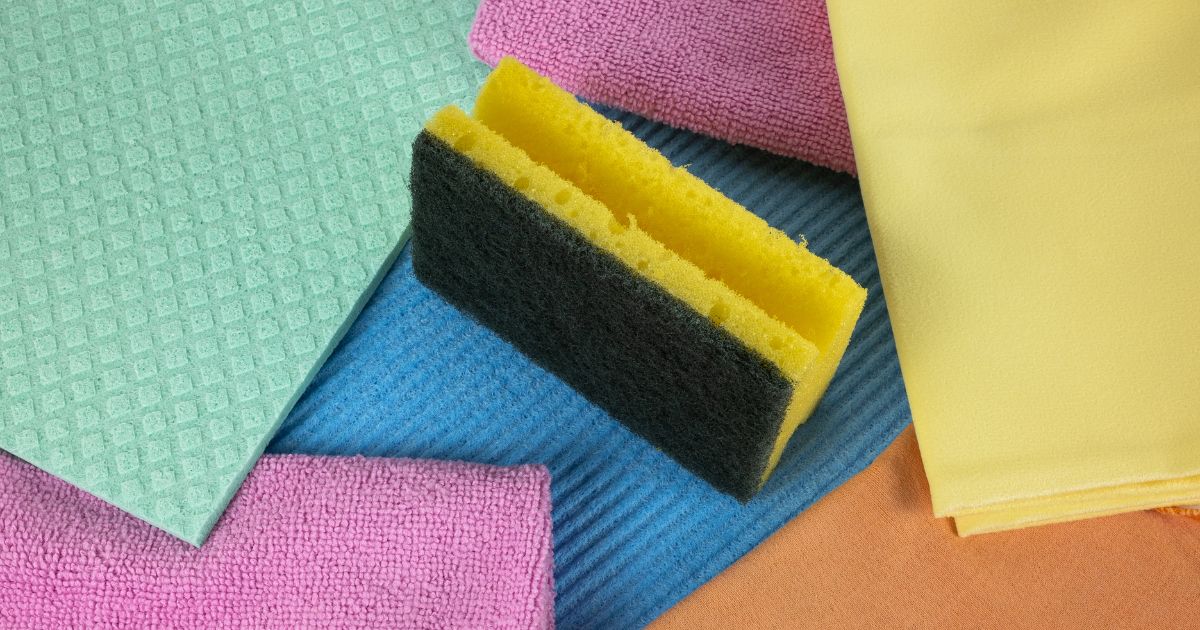
Synthetic dishwashing tools, including sponges and dishcloths, are often made from plastic fibers like polyester or polyurethane. With each use and rinse, these items shed tiny plastic fragments—microfibers—that can enter the drain and ultimately make their way into waterways. Even as they dry or break down, they continue to release particles into the environment.
Better alternative: Replace synthetic sponges and cloths with eco-friendly options made from natural or compostable materials, such as cellulose sponges, loofahs, or reusable cloths made from cotton or bamboo. These alternatives are not only effective for cleaning but also much kinder to the environment.
10. Household Dust

It might come as a surprise, but a major source of microplastic exposure comes from the dust inside your home. Everyday items like synthetic carpets, upholstered furniture, electronics, and even plastic packaging shed tiny particles that settle as dust. This dust can be inhaled or end up on surfaces where food is prepared or eaten, making it an indirect yet significant source of microplastic ingestion.
Reduce it: To minimize microplastics in your indoor environment, vacuum regularly using a vacuum cleaner equipped with a HEPA filter, which can capture fine particles. Open windows frequently to improve air circulation and ventilation. When decorating or buying furniture, opt for products made with natural materials like wool, cotton, or wood, which shed fewer synthetic particles into your home.
How Much Plastic Are We Consuming?
You might want to sit down for this.
According to a study by the University of Newcastle, the average person may be ingesting up to 5 grams of plastic every week. That’s roughly the size of a credit card.
Annually, that adds up to over 250 grams of plastic, mostly from food, water, and air. Microplastics have been found in human blood, lungs, and even placentas. While the long-term health effects are still being studied, inflammation, hormone disruption, and even links to cancer are all being closely examined.
Smart Swaps to Reduce Your Microplastic Intake
If this feels overwhelming, don’t worry. Progress is made one step at a time. Here are simple, high-impact changes you can start today:
- Drink filtered tap water in a glass or stainless-steel bottle.
- Switch to whole-bean coffee and brew using a French press.
- Use loose-leaf tea and skip plastic teabags.
- Wear natural fabrics and wash synthetic clothes less often using cold water.
- Avoid microwaving plastic.
- Choose natural cleaning and personal care products.
- Vacuum with a HEPA filter and open windows for fresh air.
- Look for “plastic-free” certifications when shopping for cosmetics and foods.
Final Thoughts
Microplastics are an invisible toxin threading through our daily lives. But awareness is the first step to change. At Better Life Protocols, we believe in empowering you with the knowledge and tools to detox your environment, body, and mind.
Start with your morning coffee. Rethink your pantry. And bit by bit, you’ll build a healthier, plastic-free lifestyle.
Stay curious, stay conscious, and stay tuned for more protocols for a better life.


